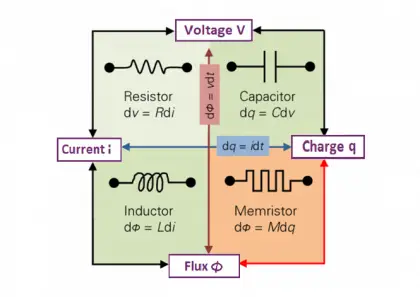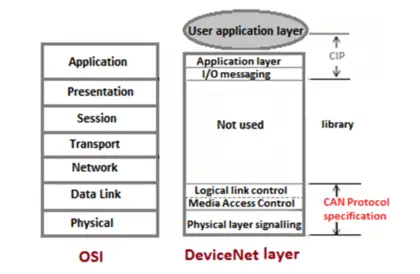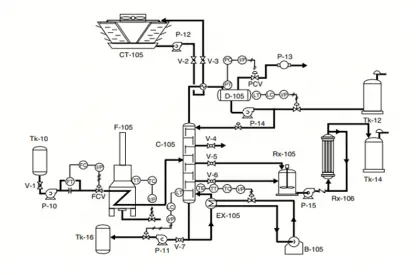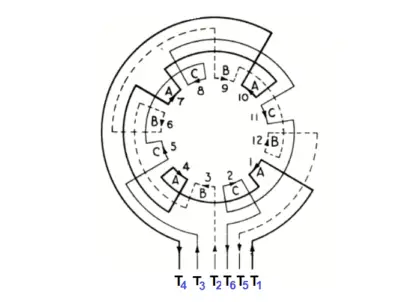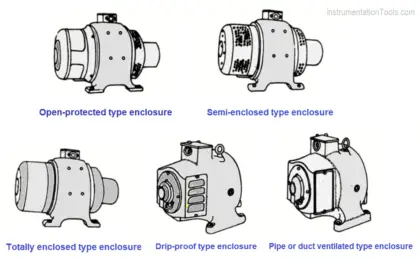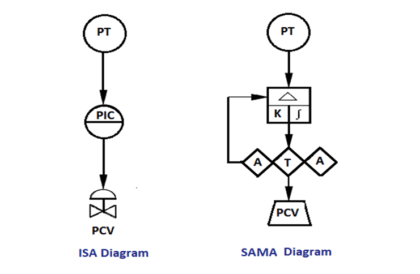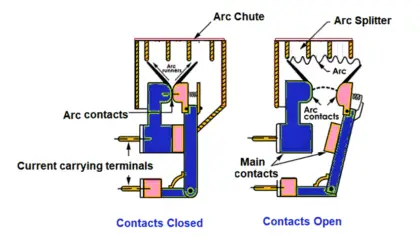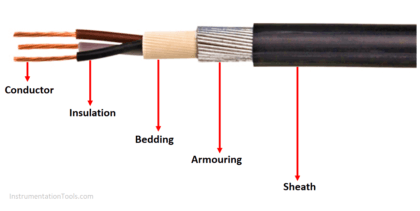R Jagan Mohan Rao
An astute professional with 25 years of service as an Instrumentation Engineer, started a career in Pulp & Paper. In the course of time, shifted to Power plants, Cellulose units, Chemical plants (Carbon di Sulphide, Clo2, and Sulphuric Acid), Oil and Gas (Exploration & Production). Most of the service is in Operations & maintenance. As per demand, handled project pre-commissioning, and commissioning activities. 20 years of service in India, 5 years in Middle East nations.
